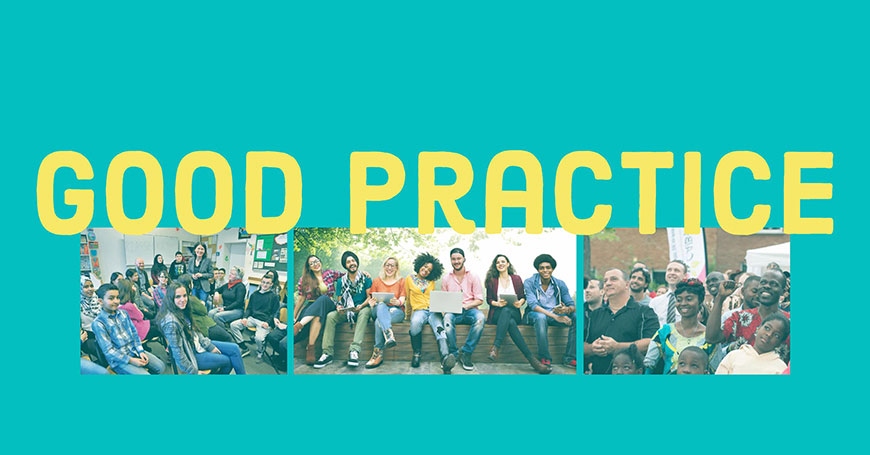Intercultural cities: good practice examples

The first step is the adoption (and implementation) of strategies that facilitate positive intercultural encounters and exchanges, and promote equal and active participation of residents and communities in the development of the city, thus responding to the needs of a diverse population. The Intercultural integration policy model is based on extensive research evidence, on a range of international legal instruments, and on the collective input of the cities member of the Intercultural Cities programme that share their good practice examples on how to better manage diversity, address possible conflicts, and benefit from the diversity advantage.
This section offers examples of intercultural approaches that facilitate the development and implementation of intercultural strategies.
Knowledge Cartography
Purpose: The project ‘Cartografía de Conocimientos’ (Knowledge Cartography) was born in 2012 aimed at approaching health and education from an intercultural perspective. It is a project that works...
Inclusive Housing in Bergen
Purpose: This overall intention by the city and municipality of Bergen is to provide residences for migrants and refugees by ensuring access to both social housing and private sector housing....
The anti-radicalisation programme
Purpose: The aim of the programme is to prevent radicalisation, hate crimes and violent extremism. Through providing correct information, the municipality endeavours to avoid religious...


